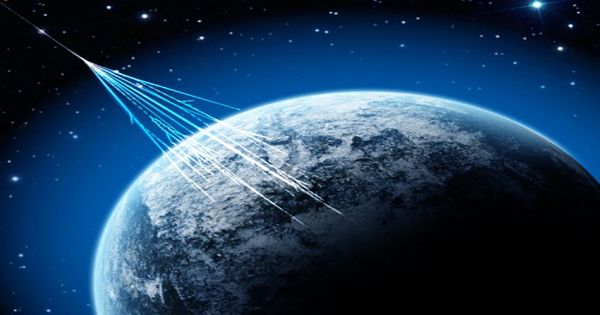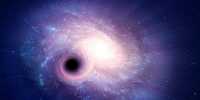The most powerful cosmic rays observed so far astonished astronomers and led them to explore the locations they could create, so far 12 candidates have been identified. The earth was bombarded by cosmic rays; particles near the speed of light were accelerated by astronomy such as supernatural and black holes.
Instead of detecting these directly, we observe the effects on our atmosphere because the rays create rays “air fountains” that produce nitrogen fluorescence or Cherenkov light. Cosmic rays can have a significant effect on the Earth, for example through lightning, but they also present an invaluable tool to help us discover some extreme conditions in the universe, where they originate. This is not a normal process. Since they carry electric charges, their paths are curved by magnetic fields, so we can’t just look back at their paths to find out where they came from. China’s largest high-altitude Air Shower Observatory (LAAAASO) has been established in Sichuan at an altitude of 4,410 meters (14,470 feet).
Although not yet complete, it has already been used to detect gamma rays from 530 rays detected with a power greater than 0.1 PeV. A beaten electronvolts or PV, equivalent to 1 million billion electronvolts (EVs). Ultra-high-energy gamma rays are in the 0.1-1 PV range. Older observations have shown the ray to be stronger before, but the LAAAASAO sets also include a whole range of slightly higher levels. One, carrying a record-breaking 1.4 PV is so surprising that the China Daily reported that the chief scientists left six forgotten marks after an order to “further test its authenticity.” For comparison, the maximum power produced by the Large Hadron Collider is 0.013 PV and it is done intentionally.
About 300 authors have published an article describing these rays in nature and trying to identify their sources. Even if the exact direction of an individual ray cannot be detected, we can tell a region about the size of the full moon in the rough part of the sky.
As for the rays emanating from the center of the galaxy, it tells us little. This area is so overcrowded with potential skin that there is no way to determine the exact area. Elsewhere, there could be only one or two potential-finding sources in the shape of that field, at least without going beyond our galaxy. Two months ago, NASA scientists published a research paper arguing that the maximum energy ray we’ve found, arguing that supernova remnants weren’t suspected before, came from a cluster of stars. The new paper offers some support for him.
















